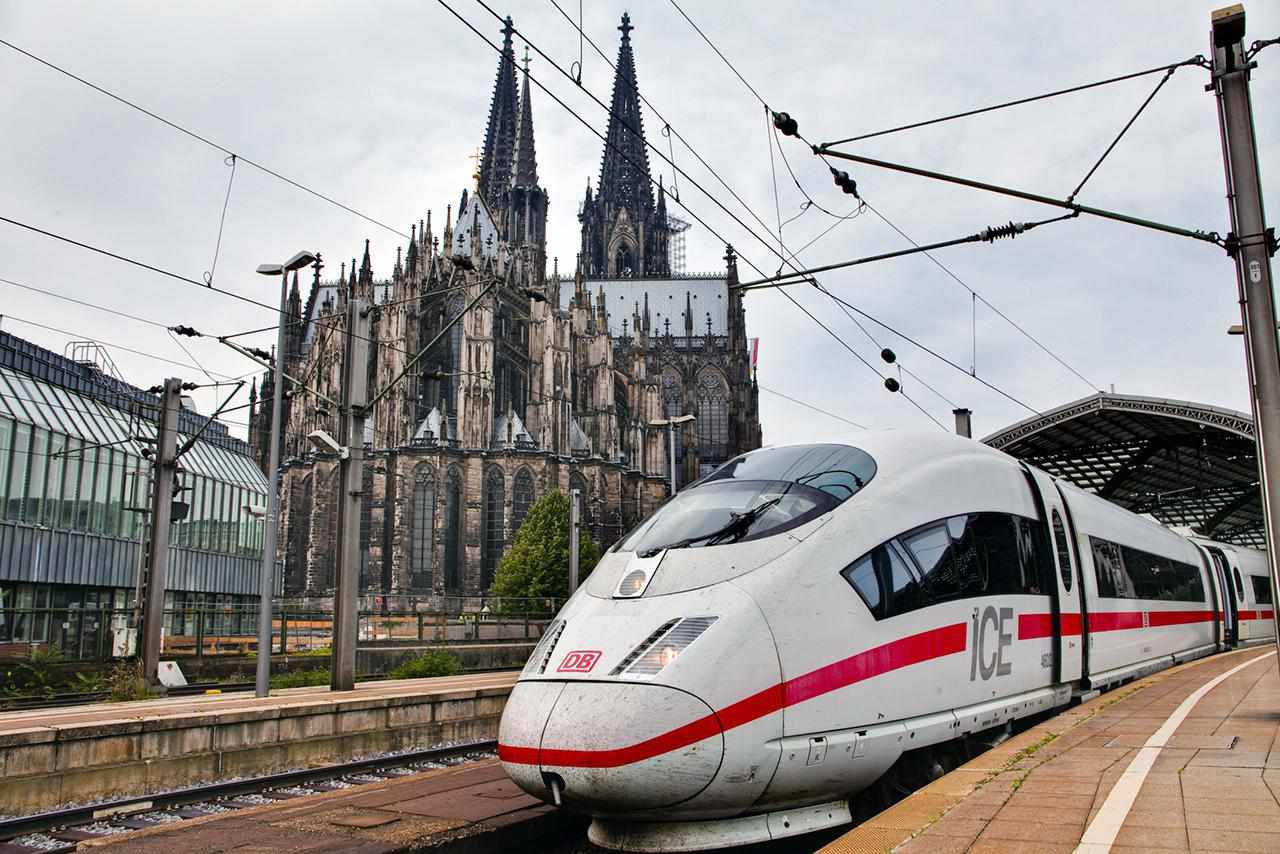Why Germany’s Public Transport System Is a Global Benchmark

When it comes to efficient, integrated, and reliable public transport, Germany sets a global standard. From high-speed Deutsche Bahn trains to local buses and subways, the country offers one of the most comprehensive and user-friendly mobility networks in the world.
Whether you’re commuting across Berlin or traveling cross-country, Germany’s system ensures you’re connected—seamlessly and sustainably.
Deutsche Bahn: The Backbone of National Travel
Deutsche Bahn (DB) is more than just a train operator. It’s a symbol of Germany’s commitment to mobility infrastructure. With a network covering over 33,000 km and connecting 5,700+ stations, DB offers:
- High-speed ICE (InterCity Express) trains with speeds up to 300 km/h
- Punctual regional trains (RE, RB) linking towns and rural areas
- Hourly connections between major cities like Berlin, Munich, Frankfurt, and Hamburg
- Deutschland-Ticket for unlimited travel across regional networks at €49/month
The result? A fast, clean, and eco-conscious alternative to domestic flights or car travel.
U-Bahn and S-Bahn: Urban Movement Made Simple
In Germany’s largest cities, U-Bahn (underground) and S-Bahn (suburban) systems form the core of everyday commuting.
- U-Bahn networks in cities like Berlin, Munich, and Hamburg run with high frequency, even during off-peak hours
- S-Bahn connects city centers with suburbs and regional towns, often integrated with DB services
- Real-time apps, digital ticketing, and multilingual signage make navigation easy—even for visitors
This seamless integration reduces car dependency and makes urban life more livable.
Buses: Local, Frequent, and Flexible
Germany’s bus system complements rail networks with extensive coverage in both urban and rural areas:
- City buses run at intervals as low as 5–10 minutes in metropolitan zones
- Night buses ensure 24/7 mobility, especially in larger cities
- Regional buses fill the gaps between rail stations and smaller towns
- All routes are integrated under regional transit authorities for single-ticket use across modes
No village is too small, no distance too minor—buses keep Germany moving.
Air Connectivity: Strategic, Not Excessive
Germany’s major airports—Frankfurt (FRA), Munich (MUC), Berlin (BER)—rank among Europe’s best in efficiency and international reach.
What sets them apart:
- High-speed rail access directly inside terminals (e.g., Frankfurt Airport Station)
- Intermodal ticketing allowing DB and flight combos on one itinerary
- Well-distributed network of regional airports reducing domestic flight dependency while supporting international business and tourism
Air travel in Germany complements—not competes with—ground transport, offering strategic value rather than saturation.
Deutschland-Ticket: A Mobility Revolution
Launched in 2023, the €49 Deutschland-Ticket allows unlimited travel across all regional trains, U-Bahn, S-Bahn, trams, and buses nationwide.
- Digital-first: Buy, store, and validate on your smartphone
- Fair pricing: One flat rate for all German residents
- Climate win: Reduces car use, lowers emissions, and promotes modal shift
It’s not just a ticket—it’s a policy move reshaping how Germans move.
What Other Countries Can Learn
Germany’s transport system succeeds because of:
- Integration across modes (train, bus, tram, air)
- National coordination with regional execution
- Reliable schedules and real-time digital support
- Affordability combined with quality
- Long-term investment mindset, not short-term fixes
Conclusion: Germany’s Transit is Its Silent Superpower
From DB’s iconic red trains to the hum of an U-Bahn arriving on time, Germany’s public transport is a quiet force of national cohesion, climate leadership, and quality of life.
In a world choked by traffic and emissions, Germany’s approach proves that mass transit isn’t just infrastructure—it’s civilization.